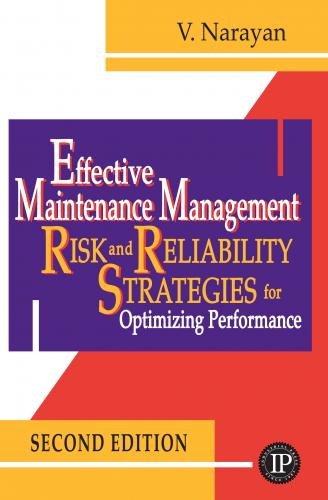valves on pump discharge lines. The valve body can be quite hot, and may even have blistered paint-work. Further examination will reveal that the pump’s discharge pressure is excessive, and that this additional energy is being dissipated in the control valve. Apart from the fact that energy is being wasted, the pump is also operating with a throttled discharge. This causes excessive wear—the internal leakage past the wear rings will increase. The local flow rate inside the control valve can be very high, resulting in erosion of the trim. The probability of failure increases, of both the pump and the control valve. Due to the additional erosion inside the bodies, the physical damage to the internals is larger than otherwise. Thus, the consequence of failure is also higher, and repair costs will rise. Depending on the level of redundancy built-in, the loss of the pump could result in an immediate operational consequence.
